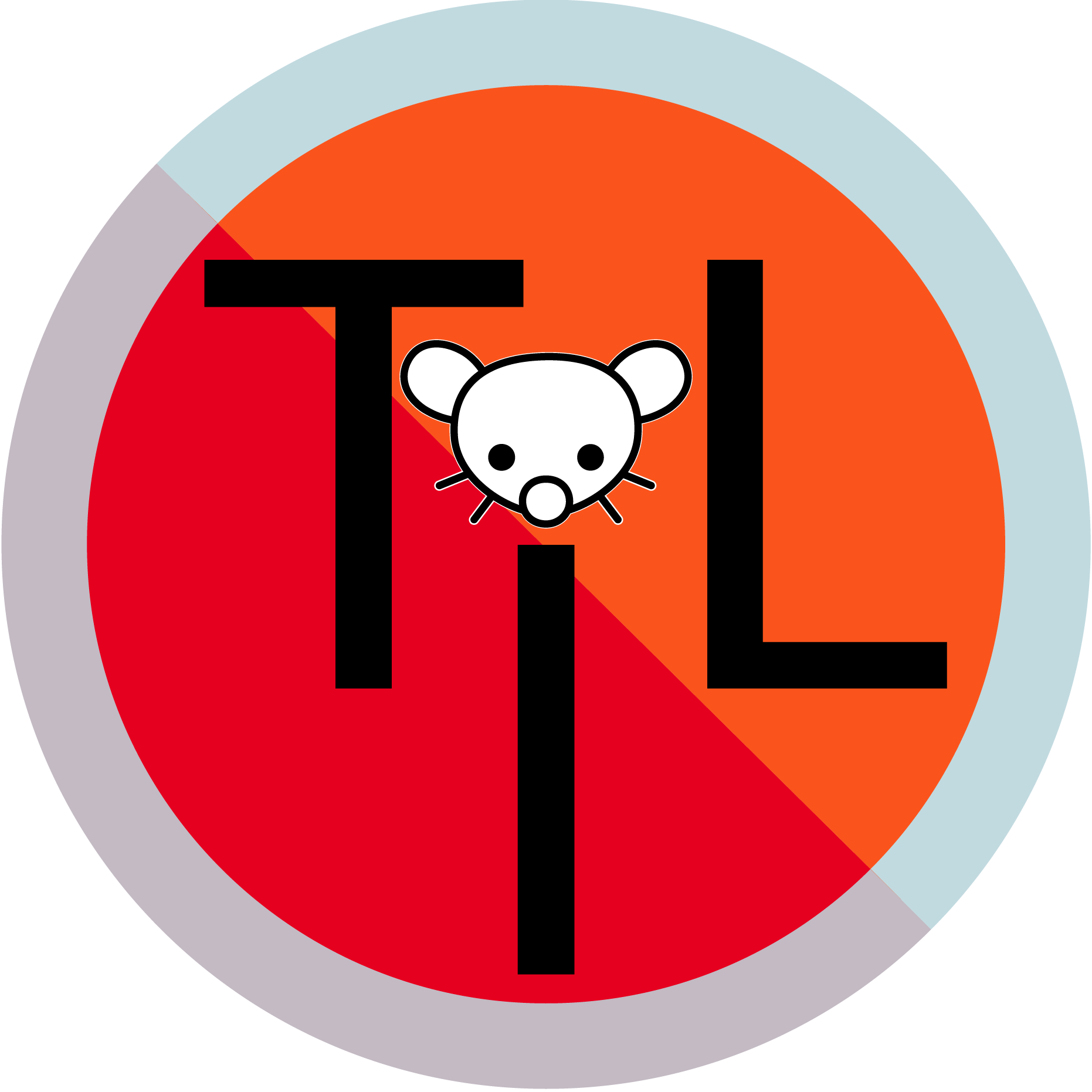





I know this person and, honestly, it’s a thing of majesty. These discs have presence, heft, and are valuable. They’re collectors items on some level - every last one of them. So what if we’re watching “Jaws” or “Aliens” for the 400th time. We’re having a real, visceral experience here.


Oof. Thanks. I hate it.
For those that may need it:
<img ... will be highlighted. Right click that.Wood smoked salmon: ✅😀
Tobacco smoked salmon: ❌🤮
Honestly, Sony really sees itself as a premium(ish) brand that puts a heavy emphasis on novelty with a bit of sophistication thrown in. They also see Nintendo as a kid’s toy company. So, the expense (and some of the scarcity) is entirely the point.



The current Republican platform is largely based on stupid easily disproven lies.
It’s worth mentioning that this strategy is straight out of the trolling playbook. The overall idea is to get everyone to waste their time arguing nonsense, making it impossible to discuss anything of merit. While the following article applies to internet forums, it’s not hard to see how any social media, TV, or radio, can spill over into our day-to-day discourse and have the same effect: https://www.ncbi.nlm.nih.gov/pmc/articles/PMC7573649/
In this case, the topic at hand meets multiple criteria for deliberate trolling. IMO, there’s little room for doubt that we’re being led by the nose and baited to waste valuable pre-election time:


Well, we are talking about a pop star with absolutely staggering amount of influence and reach, specifically with a young demographic. If she were able to motivate her fan-base to vote, that would be a huge deal.
Edit: Holy shit.


I just want to echo your sentiment with something I’ve been saying here for a while now:
Do not confuse information technology use for computer literacy.


To me, aspartame tastes plastic-y and reminds me of how hot asphalt smells. It has more of a chemical taste than a sweet one. Toothpaste gets a pass only because of all the mint that masks it.
Sucralose (Splenda) can taste rather like aspirin in the right concentration. Again, it’s “sweet” in a way but isn’t quite right.